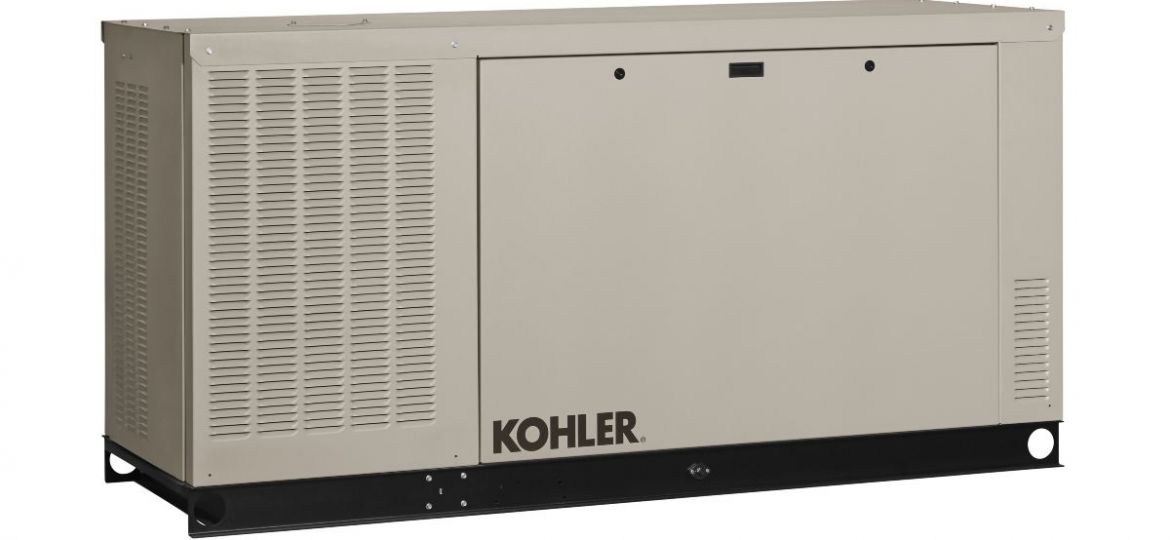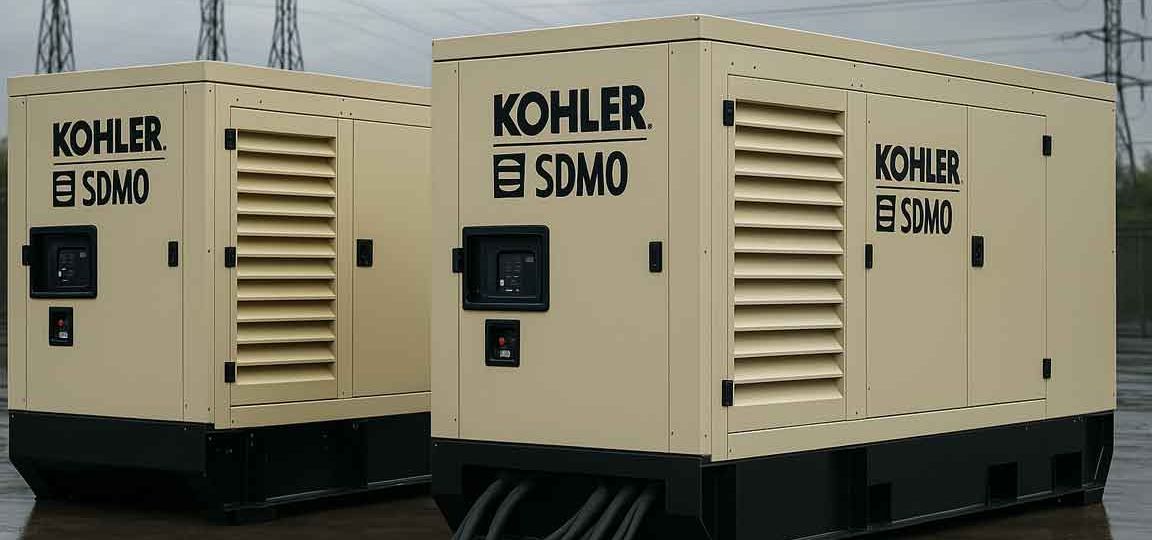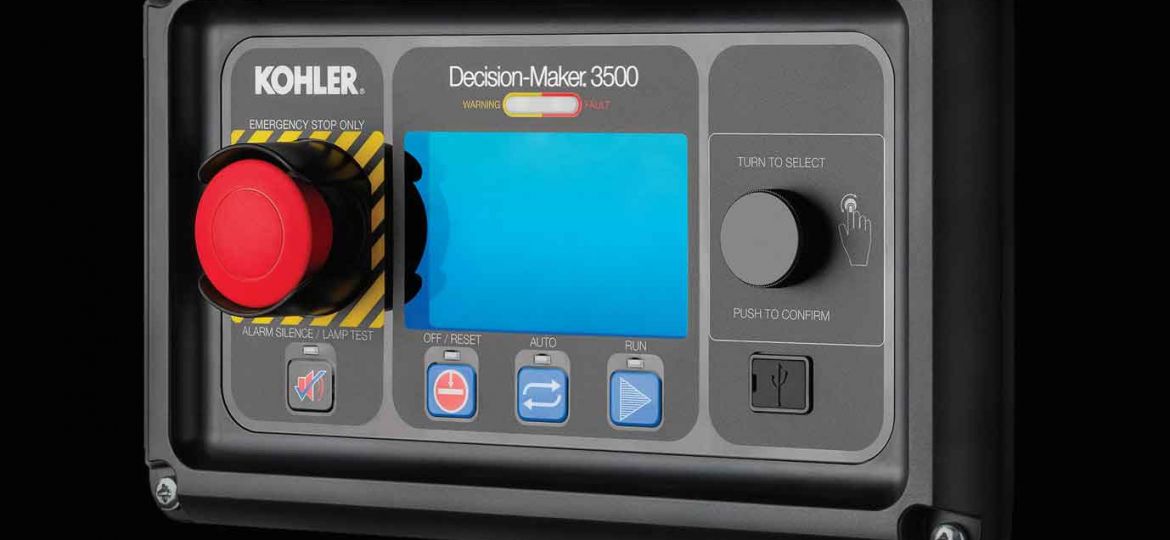The International WorkBoat Show, held annually in New Orleans, Louisiana, has long been recognized as the most important trade event for the commercial maritime sector in North America. The 2025 edition of the show, which recently concluded, once again brought together vessel operators, shipbuilders, engineers, regulators, and technology providers from around the world.
Among the industry leaders present was Rehlko, the global power solutions brand formerly known as Kohler. Rehlko’s presence at the International WorkBoat Show reinforced its role as a reference brand in marine generators and advanced marine power energy systems for professional maritime applications.
In a world increasingly reliant on constant electricity for not only comfort but also for essential home operations, the readiness for power outages has never been more critical. Power outages are becoming increasingly common with unpredictable weather patterns and growing electrical demands. Whether it’s due to a storm, grid failure, or maintenance work, when the power goes off, you need a dependable solution to keep your home or small business running seamlessly. Here’s where the KOHLER 60RCLB generator shines. Its robust construction and design ensure your operations continue smoothly, regardless of the weather conditions outside; designed to keep large residential or small business operations running smoothly, even during the worst of power outages.
This product review explores everything you need to know about this generator, helping you decide if it’s the right backup power source for your needs.
On July 16, 2025, Brags & Hayes Generators proudly accepted the Top Performer in Aftermarket Parts Orders 2024 award from Rehlko (formerly Kohler Energy). The recognition was presented to CEO Isaac Weber, marking a significant milestone for the company. This award is a testament to Brags & Hayes’ unwavering dedication to technical excellence and unparalleled parts distribution across the aftermarket generator sector.
As an authorized distributor of Rehlko (formerly Kohler), Brags & Hayes Generators provides insights for electrical engineers designing and specifying resilient power systems. This article dives into seismic isolation principles, International Building Code (IBC) compliance, and how Rehlko’s engineering ensures operational integrity during seismic events. All information is grounded in the official Rehlko whitepaper “Seismic Isolation and IBC Certification” by Luke Dykstra.
Brags & Hayes is proud to announce its partnership with Generac Power Systems, a move that brings a new dimension to our energy solutions portfolio. This collaboration is not just about expanding our product range; it’s about aligning with a brand that embodies innovation, reliability, and a deep understanding of power generation needs. In this article, we delve into Generac’s technological advancements, product offerings, market competitiveness, and the legacy that makes it a leader in the power generation industry.
Synchronization of Generators is the process of matching the output of one generator with the electrical parameters of another power source (such as a power grid or another generator) before connecting them together. In industrial and commercial power systems, multiple generators often operate in parallel (also called generator paralleling) to increase capacity, enhance reliability, or facilitate maintenance. However, paralleling generators is only possible when all units are properly synchronized – meaning their voltages, frequencies, and phase relationships align within strict tolerances. This article provides an in-depth technical overview of generator synchronization, covering how it works, why it’s crucial for power systems, methods and equipment used, necessary conditions, consequences of faults, and answers to frequently asked questions. Engineers and designers of power generator systems will gain a comprehensive understanding of synchronization requirements and best practices.
In the world of marine power solutions, reliability, automation, and efficiency are non-negotiable. The Decision-Maker® 3500 Marine Generator Controller by Kohler is a game-changer in marine power management, integrating cutting-edge paralleling and auto-transfer capabilities that eliminate the need for oversized generators and external switchgear. This article provides a detailed technical review of the Decision-Maker 3500, covering its key features, technical advantages, and how it compares to traditional generator control systems.
In the ever-evolving landscape of power solutions, change is inevitable. Kohler Generators, a name synonymous with quality and reliability, is undergoing a significant transformation, rebranding to Rehlko Power Systems. At the forefront of this transition is Brags & Hayes Generators, your trusted distributor, ensuring that this shift brings even greater value, efficiency, and innovation to you, our valued customers.









